Bringing home a dog—regardless of size—will always take planning and forethought. There are toys to buy, a house to dog-proof, and sorting through potential vets can be a job within itself. Your new family member will always require special attention and care, but there’s no denying the fact a 120-pound Newfoundland is not the same as a 12-pound Chihuahua. The more dog you have, the more there is to think about. Great Danes, Mastiffs, German Shepherds, Labrador Retrievers—if you can’t help but love a big dog, you need to know about these 10 facts. 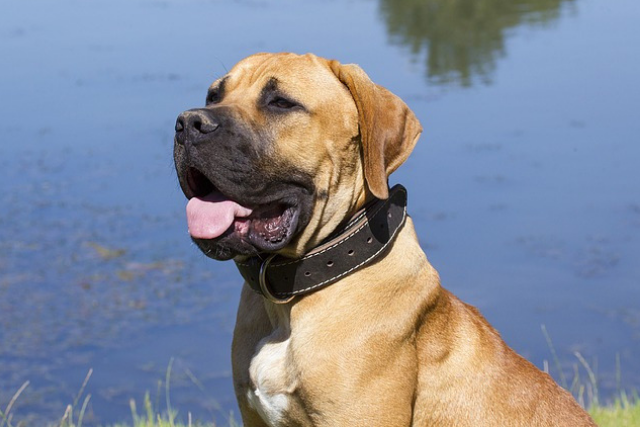
1. Big Dogs Have Big Stomachs
There’s no getting around it—big dogs have big appetites. According to Dr. Jennifer Coates, small dogs have high metabolisms that require them to take in more calories per pound than the average large dog. But when you’re talking about a 10-pound dog versus a 100-pound dog, the small dog’s high metabolism can’t compare to what your big dog needs to eat in a day. As a general rule, that 10-pound dog will need around 400 calories a day to stay healthy. On the other side of the scale, an active 100-pound pooch will consume over 2,200 calories per day. All those extra calories will cost you. And don’t forget that what goes in must come out…and you’ll be the one picking it up.
2. Vet Bills Will Cost More
Besides the cost of food, your big dog’s annual vet bill will also take a bite out of your paycheck. The exam fee will probably be the same as for a small dog, but most medications and preventatives (including flea, tick, and heartworm preventatives) are dosed according to the dog’s weight. That means while a small dog only needs half a pill per dose, your big dog might need double or triple that amount. That extra product will cost you, and it’s something you simply can’t skimp on.
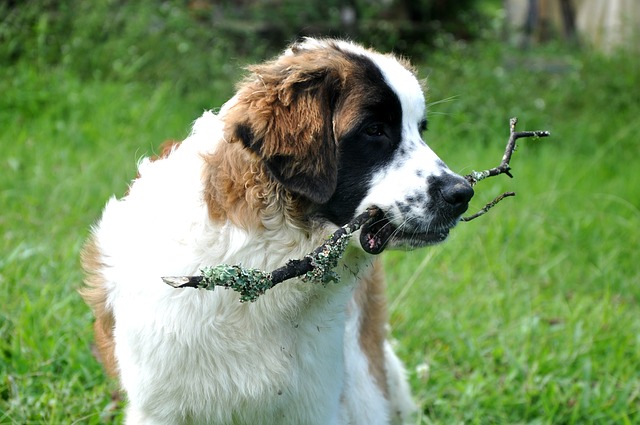
3. Toys Are Also More Expensive
When you have a big dog, you might as well get used to always spending more than your small-dog-loving friends. Even big dog toys cost more than toys designed for small breeds. You don’t want your Mastiff playing with tennis balls small enough for him to swallow, and tiny chew toys are gone in one chomp. Big toys are made with more material than small toys, and it makes sense for them to cost more. That realization, however, won’t make it any easier to add up how much money is actually in your dog’s toy bin.
4. Big Dogs Take Up Big Spaces
No matter how hard your dog tries to suck it in, there’s no fitting their furry 100-pound bulk into a small space. It’s true that some big dogs can adapt well to living in city apartments, but close quarters can cause problems for the rowdy, rambunctious type. Not only will you both need room on the couch for snuggles, large breed dogs are happiest when they have space to run, roam, and sprawl out. That doesn’t mean, however, you need a mansion or 100-acre farm to house your Saint Bernard. There are ways to work around small spaces, but life will be easier if your big dog has a yard or spacious indoor area to call their own.
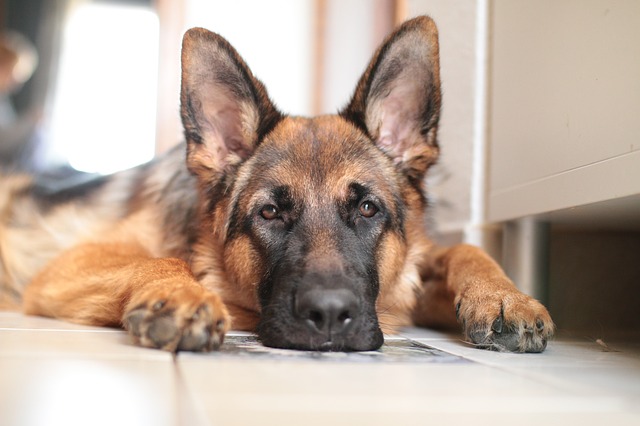
5. Housing Isn’t Always Big Dog Friendly
Depending on where you live, finding a home that accepts pets might be a challenge. And once you find the perfect pet-friendly place, you’re not always in the clear. Many apartment buildings and housing associations restrict animals by weight. They’re happy to accommodate your neighbor’s Rat Terrier, but your Rhodesian Ridgeback might not be as welcome. You’ll have a better chance if you buy a home instead of rent, but even homeowner’s associations sometimes have rules against certain sized dogs.
6. Training Is Even More Important Than Usual
There’s a big difference between an Irish Wolfhound that jumps on people and a Dachshund that can barely reach your knees when standing on their hind legs. Training is important no matter what kind of dog you have, but when it comes to big dogs, behavioral issues are often intensified. If your 8-pound dog pulls on the leash, you arm might be a little sore. If your 80-pound pup doesn’t have good leash manners, however, you could be pulled off your feet. When you bring home a big dog, it’s your responsibility to make sure they’re well trained.
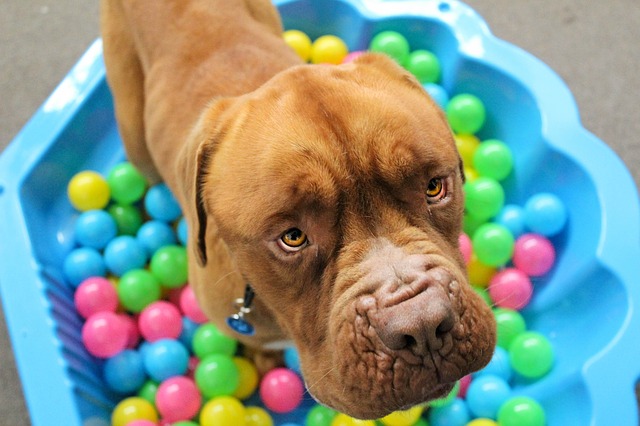
7. Large Breed Dogs Are Prone To Health Issues
There’s always the risk of your dog getting sick, but loving a large breed dog can sometimes come with a fair share of heartache. Because of their size, many large and giant dog breeds are prone to health issues. Hip and elbow displasia, arthritis, hypothyroidism, and bloat are at the top of the list. Caring for your pup will be expensive and stressful. According to PetCareRx, large and giant breed dogs typically have shorter lifespans than small and medium dogs. Great Danes for example, live to be only around eight years old.
8. Traveling Gets More Complicated (And Expensive)
Whether you’re going on vacation or moving to a new house, traveling with a big dog in tow will take both forethought and funds. If you want to fly with your dog, you’ll need to buy an airline-approved crate and pay a fee to have your big dog ride in the cargo area of the plane. When you go by car, you’ll need to think about the logistics of fitting your human family, all your stuff, and an antsy dog into a small space. It’s not like your full-grown Malamute can sit in your lap. Even when you decide to leave your dog at home, boarding kennels typically charge more for big dogs than small dogs. It’s something to think about if you like to travel or move around often.
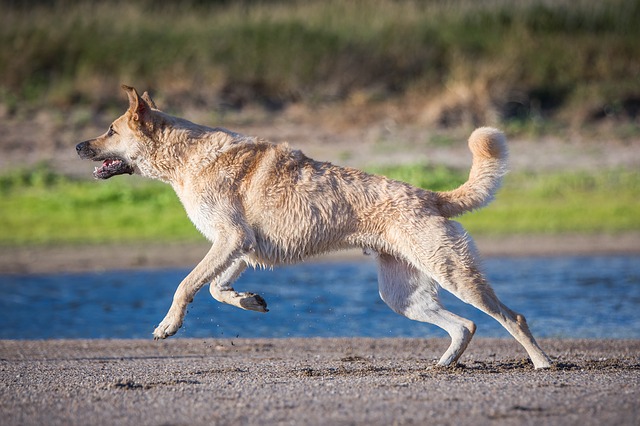
9. You’ll Need To Stretch Those Long Legs
Every dog needs regular exercise, but exercising a big dog isn’t the same as watching your Toy Poodle chase a ball down the hallway. An indoor play session with a large breed dog rarely ends well. They’ll knock over lamps, push around furniture, and fling drool so high it drips from the ceiling. Many of the large breeds in the herding, sporting, and working groups desperately need more exercise than the average adult dog. Rover recommends giving active dogs like setters, retrievers, and shepherds at least 90 minutes of rigorous exercise a day.
10. Big Dogs Make Great Family Members
There’s a reason why big dogs dominate the top 10 of the AKC’s list of most popular dog breeds. Big dogs have big hearts, and they love being part of families. They’re loyal and loving, and with the right training, they fit seamlessly into the regular running of a household. When you bring home a big dog, you bring home an invaluable family member. They take time, commitment, and money, but once you fall in love with that big furry face, it’ll all be worth it.
 Toledo, United States.
Toledo, United States.